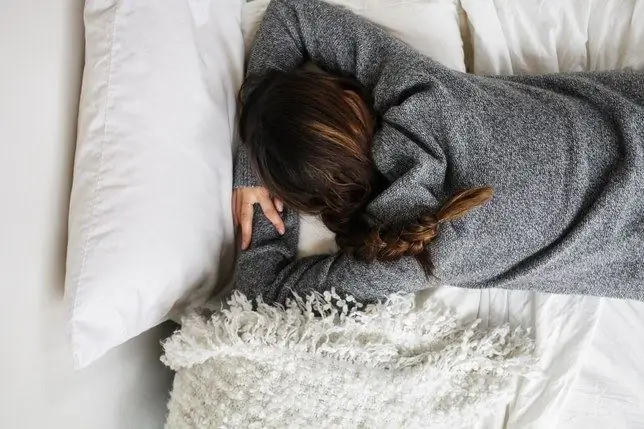- Author Henry Conors [email protected].
- Public 2024-02-12 02:40.
- Last modified 2025-01-23 09:07.
The art of Japan from the Edo period is well known and very popular all over the world. This period in the history of the country is considered a time of relative peace. Having united Japan into a centralized feudal state, the Tokugawa shogunate had undisputed control over the mikado government (since 1603) with obligations to maintain peace, economic and political stability.
The shogunate ruled until 1867, after which it was forced to capitulate due to its inability to deal with Western pressure to open Japan to foreign trade. During the period of self-isolation, which lasted 250 years, ancient Japanese traditions are being revived and improved in the country. In the absence of war and, accordingly, the use of their fighting abilities, daimyo (military feudal lords) and samurai focused their interests on art. In principle, this was one of the conditions of the policy - the emphasis on the development of a culture that has become synonymous with power, in order to divert people's attention from issues related to the war.
Daimyō competed with each other in painting and calligraphy, poetry anddramaturgy, ikebana and the tea ceremony. The art of Japan in every form has been brought to perfection, and it is perhaps difficult to name another society in the history of the world where it has become such an important part of everyday life. Trade with Chinese and Dutch merchants, limited only to the port of Nagasaki, stimulated the development of unique Japanese pottery. Initially, all utensils were imported from China and Korea. In fact, it was a Japanese custom. Even when the first pottery workshop opened in 1616, only Korean craftsmen worked there.
Towards the end of the seventeenth century, the art of Japan developed along three different paths. Among the aristocrats and intellectuals of Kyoto, the culture of the Heian era was revived, immortalized in the painting and arts and crafts of the Rinpa school, the classic musical drama No (Nogaku).

In the eighteenth century, artistic and intellectual circles in Kyoto and Edo (Tokyo) saw the rediscovery of the Ming Chinese literati culture, introduced by Chinese monks at Mampuku-ji, a Buddhist temple south of Kyoto. The result is a new style of nang-ga (“southern painting”) or bujin-ga (“literary pictures”).

In Edo, especially after the devastating fire in 1657, a completely new art of Japan is born, the so-called urban culture, reflected in literature, the so-called philistine dramas for kabuki theaters and joruri (traditional puppet theater), and ukiyo prints e.
However, one of the greatest cultural achievements of the Edo period was not paintings, but arts and crafts. Artistic objects created by Japanese artisans included ceramics and lacquerware, textiles, wood masks for the Noh theater, fans for female actors, dolls, netsuke, samurai swords and armor, leather saddles and stirrups decorated with gold and lacquer, utikake (luxury a ceremonial kimono for high-class samurai wives, embroidered with symbolic images).

Japanese contemporary art is represented by a wide range of artists and artisans, but it must be said that many of them continue to work in the traditional styles of the Edo period.






